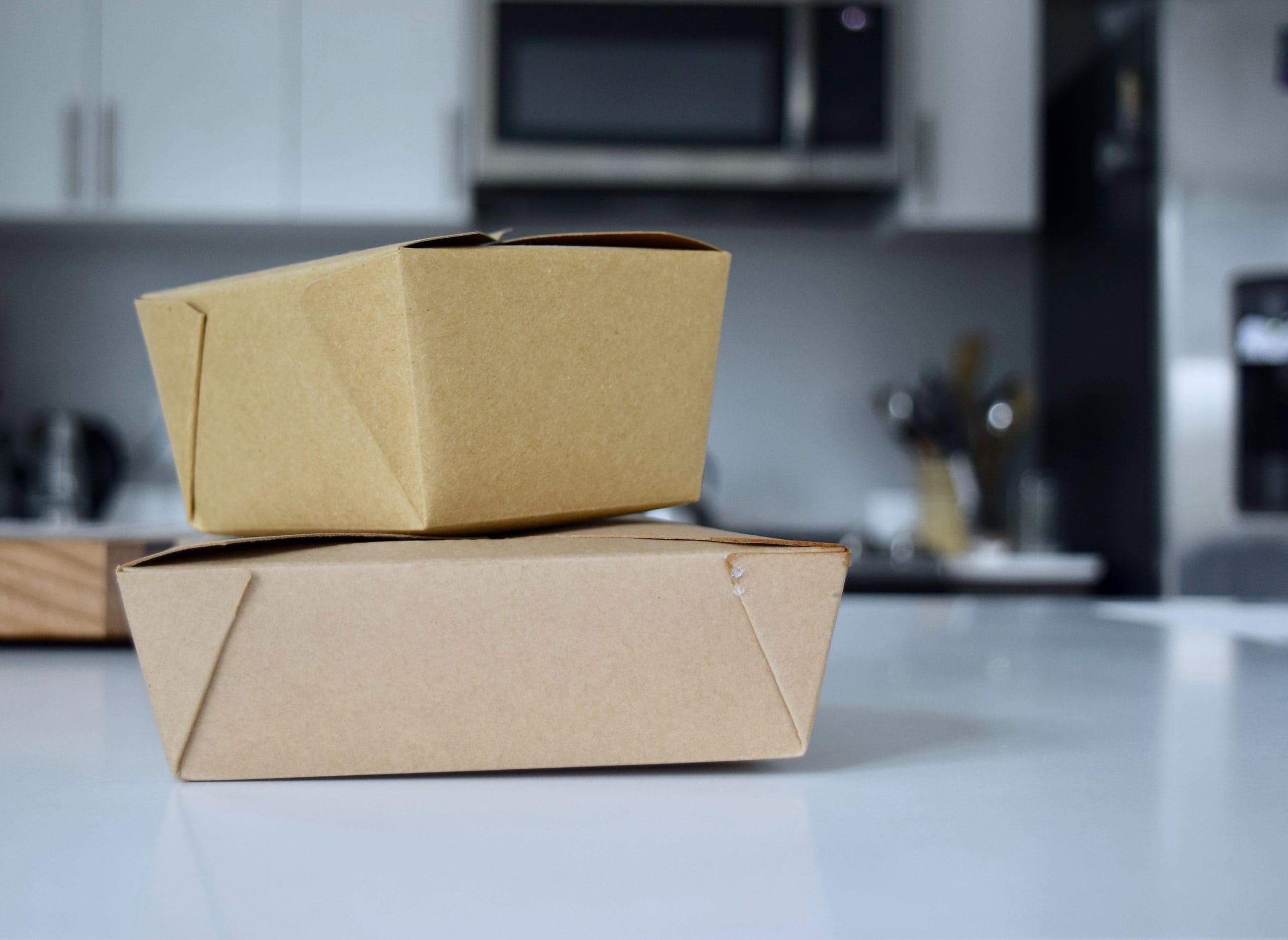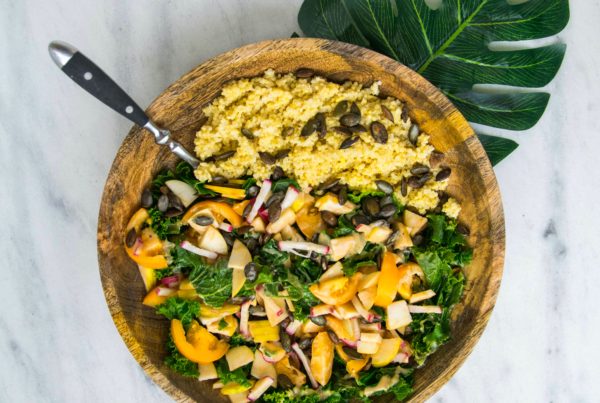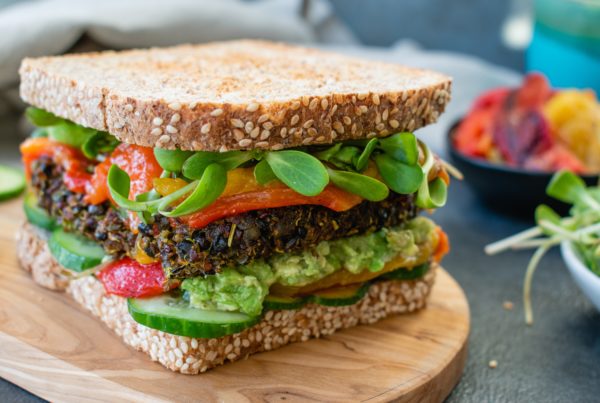When dining in the restaurant is no longer an ideal option during this pandemic, you may consistently need a break from cooking by ordering takeout or delivery. It is harder to control what ingredients are added to the restaurant food, but there are still effective methods that could be taken to make your takeout or delivery food as healthy and safe as possible.
To have a better idea of the ingredients and cooking methods of the food items, pay close attention to the items’ names. Terms to be mindful of include “crispy,” “crunchy,” and “battered” as well as “creamy,” “cheesy” and “Alfredo,” which often can mean they are higher in fat or calories. Try to reduce saturated fat intake by limiting items that are fried or served in sauces. Healthier food items may have terms such as “grilled,” “baked,” “roasted,” and “steamed.” Make sure to ask for sauces and dressing on the side to help control how much is actually added to your food. Be mindful of your drink choices. Sugar-sweetened beverages usually have higher calories and provide little nutritional value. Water, low-fat or fat-free milk, or drinks such as unsweetened tea or coffee are healthier options.
To create balance in your meals and control the amount of food you eat, it is a good idea to take out your food from the containers and put them on a plate. You could use the Canada Food Guide as a reference. Try to include 1/2 plate of fruits and vegetables, 1/4 plate of whole grain foods, and fill the rest with protein foods. If you realize that there are not enough fruits and vegetables in your takeout or delivery, simply wash and cook some fruits and vegetables at home to add on more nutrients and color to your meal. Sometimes, you may be able to pack more than one meal from one order. Make sure to put the leftovers into the fridge as soon as possible to minimize the time that the food is spent in the danger zone (4 °C and 60 °C). You could also put your extra food in the freezer to make it last longer and prevent food-fatigue.
There is currently no evidence to suggest that COVID-19 can be transmitted through food or food packaging. It is believed that the virus spreads from person-to-person through close contact or respiratory droplets. However, it is possible that the viruses would survive on surfaces and objects, so proper hygiene and food safety practices should be reinforced.



